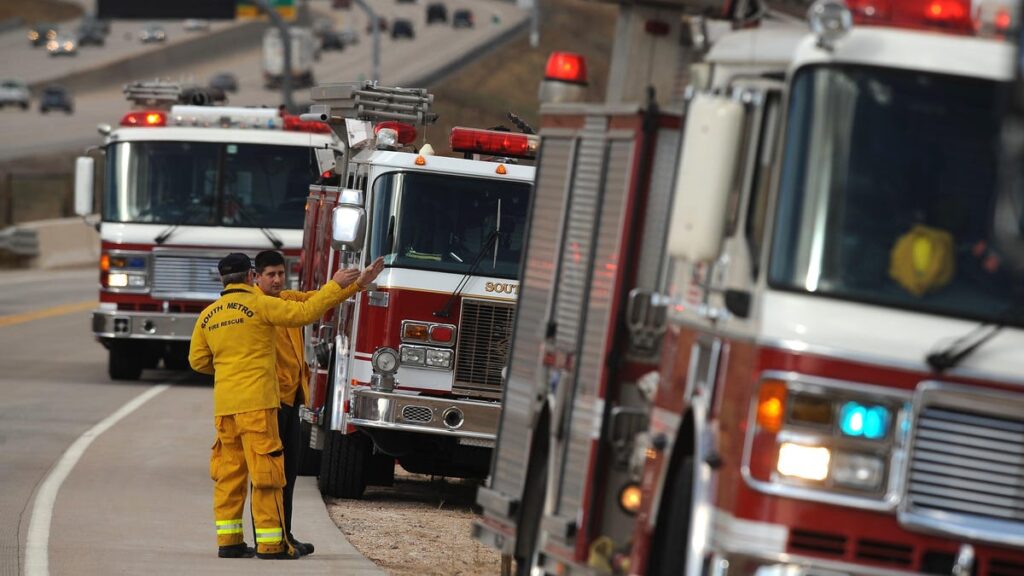New Cars Are So Good at Blocking Out Noise, It's Getting Harder to Hear Emergency Vehicles

Modern cars dampen so much noise that it’s getting harder and harder to hear emergency vehicles. Automakers have been developing technology to cut back on road noise for decades, and car cabins are now quieter than ever. Acura, for example, touts the output of certain frequencies in the cabin to counteract others — such as the drone of the highway or wind noise on the road. And all that acoustic and wind tunnel testing has had unintended consequences with cars now being so quiet, drivers struggle to hear ambulances and firetrucks.
In case you missed it:
In other words, some Acura and Honda models have active noise cancellation to make the cabin a quiet or restful place. Not to mention the common use by many others, including BMW, to pipe in noise meant to make up for the loss of induction and exhaust notes. The point is that between today’s increasingly quieter cabins and distractions, emergency responders are finding it harder to make themselves audible and visible to drivers, as NBC reports in this video:
Drivers failing to yield for emergency vehicles due to modern car features
This cocoon of modern cars, per NBC, poses a big problem. In one exchange between the NBC Nightly News reporter and Colorado South Metro Fire Rescue Battalion Chief, Mauricio Segura, we can hear the two say, respectively:
“This guy right in front of you’s not moving…”
“Nope. They can’t hear me.”
Emergency departments around the U.S. are trying to adapt to today’s quiet car cabins in various ways, such as running two sirens simultaneously or using new “rumbler” sirens, which send vibrating pulses that add urgency to the wail of the siren. But modern car noise dampening and insulation is improving ever year. This is heaping on to the hazards emergency drivers and their passengers face.
Fire Department and EMS response times average seven and eight minutes in American cities. And the difference between life and death can be anywhere between 10-15 seconds in certain cases, according to NBC. Or, in the case of a heart attack victim, ten minutes is a mortal window of time. Likewise, fires can reportedly get out of control in just about 30 seconds.
This means that drivers need to stay alert and responsive so they can yield to emergency vehicles, but that’s getting hard to do when our new cars are actively preventing loud noises from entering the cabin.
It’s possible that the Internet-of-Things can present a solution whereby emergency responders alert drivers via infotainment screens. But until then, we’re going to have to keep watching the rearview and listening for emergency vehicles from within in our impossibly quiet car cabins.
Screenshot: YouTube



